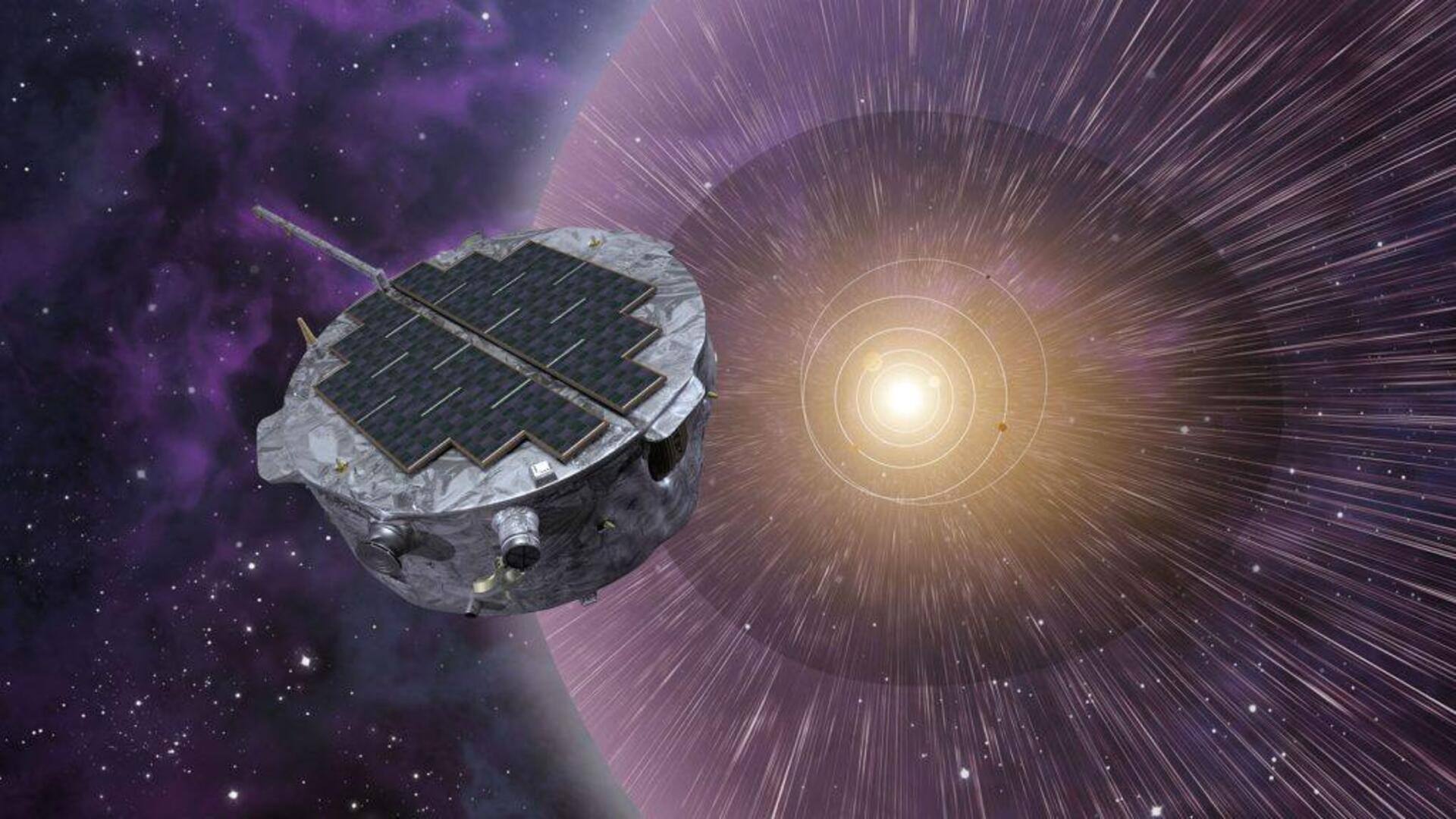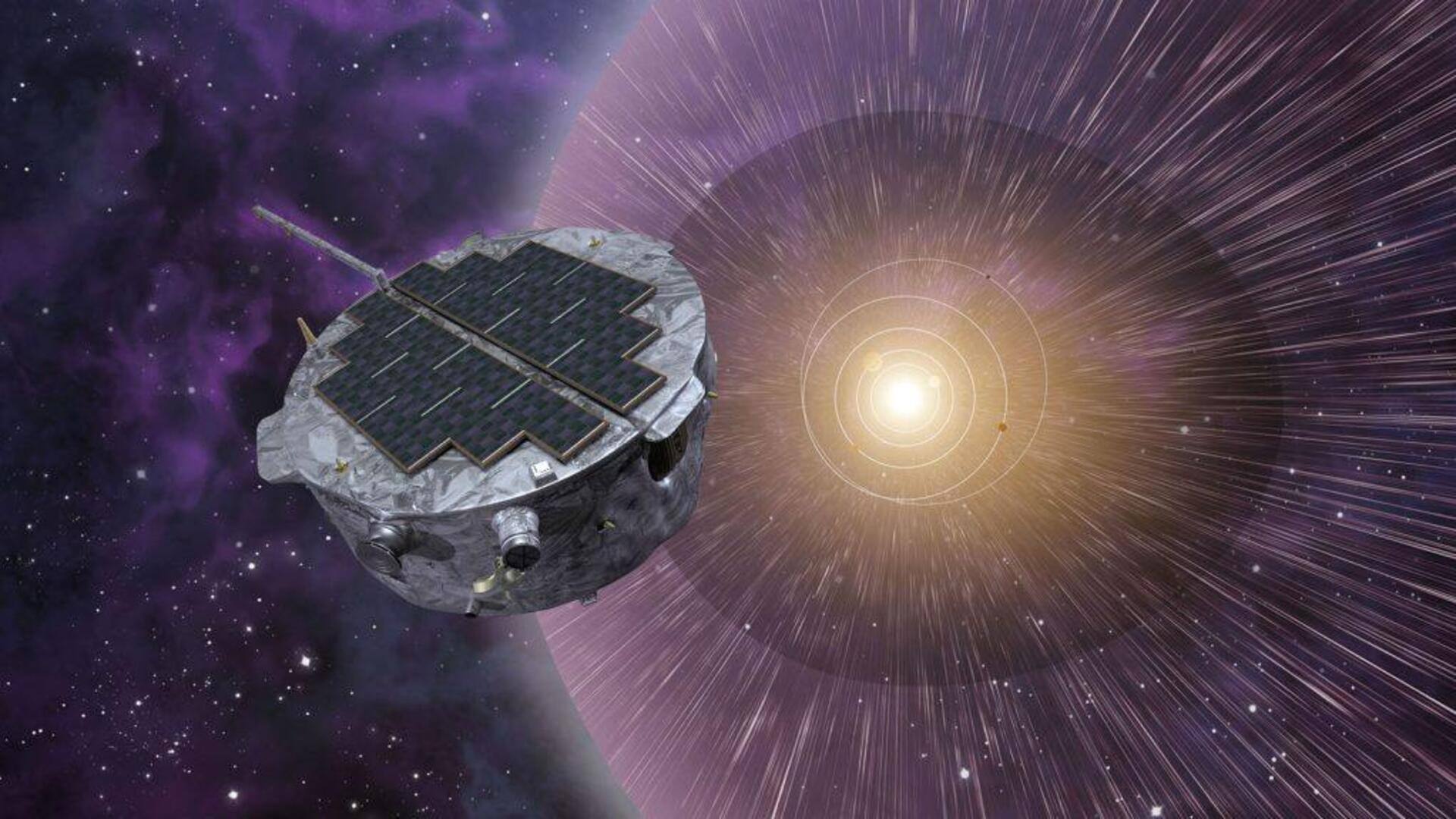**NASA Launches IMAP Mission to Study Sun’s Magnetic Shield**
*By Mudit Dube | Sep 25, 2025, 10:32 AM*
NASA has launched a new mission to investigate the heliosphere—the Sun’s magnetic bubble that protects our solar system from harmful interstellar radiation. The Interstellar Mapping and Acceleration Probe (IMAP) was successfully launched from the Kennedy Space Center in Florida aboard SpaceX’s Falcon 9 rocket at 7:30 AM EDT on Wednesday.
### Exploring the Sun and Beyond
IMAP is equipped with advanced sensors and detectors designed to sample, analyze, and map particles streaming toward Earth from the far edges of our solar system and beyond. This mission will provide critical insights into the complex interactions occurring at the boundary between our solar environment and interstellar space.
### Understanding Solar Wind and Interstellar Dust
One of IMAP’s primary goals is to deepen our understanding of the solar wind—a continuous flow of charged particles emitted by the Sun. These particles can pose risks to astronauts and can disrupt technological systems in space. Additionally, solar wind likely influences the conditions that support life within our solar system.
The spacecraft carries 10 scientific instruments, developed by various organizations, to study solar wind particles, interstellar dust, magnetic fields, and ultraviolet light in space. These instruments will help scientists decode the dynamics of our space environment in unprecedented detail.
### Journey to Lagrange Point 1
The mission is led by the Johns Hopkins Applied Physics Laboratory, which developed and built the IMAP spacecraft and will operate the mission from its operations center.
Shortly after launch, at approximately 8:57 AM EDT, flight controllers confirmed that IMAP was functioning normally and began its journey to Lagrange Point 1 (L1). Located about one million miles from Earth toward the Sun, L1 offers a stable vantage point for continuous observation of the interstellar boundary and solar activity. IMAP is expected to arrive at L1 in January 2026.
### Enhancing Space Weather Predictions
Beyond scientific discovery, IMAP’s instruments will contribute to the IMAP Active Link for Real-Time (I-ALiRT) system. This system provides frequent and reliable data transmissions that improve space weather forecasting—vital for protecting satellites, power grids, and astronauts.
In addition to IMAP, the Falcon 9 rocket also deployed NASA’s Carruthers Geocorona Observatory and NOAA’s Space Weather Follow On-Lagrange 1 (SWFO-L1) mission. Together, these missions will expand our understanding of the space environment and how solar activity affects our solar system from nearby vantage points.
—
Stay tuned as NASA’s IMAP mission embarks on this exciting journey to unlock the mysteries of the Sun’s magnetic shield and the boundary of interstellar space.
https://www.newsbytesapp.com/news/science/nasa-s-imap-mission-to-study-heliosphere-launched-successfully/story

